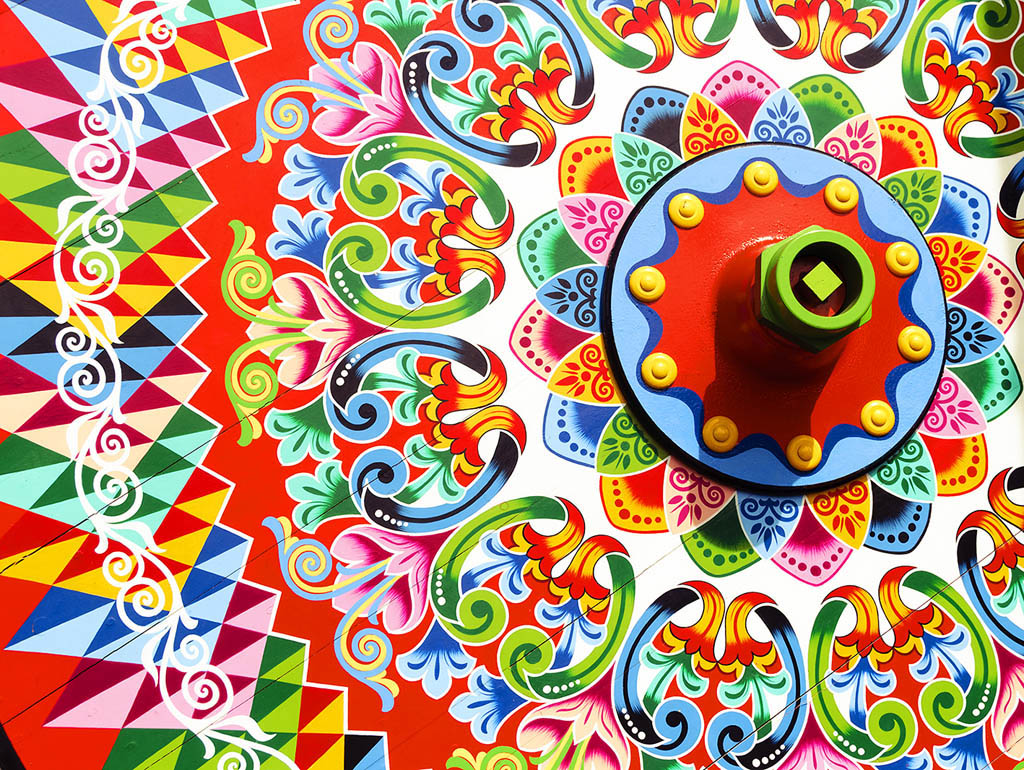Costa Rica Today
Costa Rica remains one of the more prosperous and stable countries in Central America. It’s also one of the only nations in the region without an army. Sound environmental management is a prominent issue, and green proposals were recurring themes in political campaigns during the lead-up to the 2018 general election. Agriculture is one of Costa Rica’s main industries, but tourism is its economic backbone.

Carbon Neutrality
Costa Rica has long had a reputation for being green but, to paraphrase Kermit: it ain’t easy. In 2009 then-president Óscar Arias set a big goal: that Costa Rica would achieve carbon neutrality by the year 2021. Achieving this would have made Costa Rica the world’s first carbon-neutral country and would coincide auspiciously with its bicentennial.
Some measures have not yet been implemented as scheduled, and the numbers suggest that the 2021 target may have been overly ambitious. In 2016 Costa Rica produced 98% of its electricity from renewables. That same year, the nation ran without fossil fuel–generated electricity for 271 days, including a 110-day run between June 17 and October 6. This feat was achieved using hydro, wind and geothermal power to deliver electricity to homes. However, despite Costa Rica’s best efforts, it has an oil-reliant transport infrastructure, so in big-picture terms non-renewables make up most of the country’s energy use.
Costa Rica’s Elections
On April 1 2018 Costa Rica elected a new president, Carlos Alvarado Quesada, of the center-left Citizen Action Party (PAC). Although the polls predicted that the run-off would be a close one, it wasn’t. Alvarado – a 38-year-old novelist, musician and former cabinet minister – won more than 60% of the vote, handily defeating Fabricio Alvarado Munoz (a right-wing former TV anchor and evangelical preacher from the National Restoration Party). The decisive victory was particularly good news for progressives and proponents of gay rights. Key challenges the new president faces include an escalating murder rate and a widening national deficit.
Alvarado will take the reigns from former President Luis Guillermo Solís, also a member of PAC. Solís was Costa Rica’s first president in half a century not to come from the two-party system, under which the social-democratic National Liberation Party and the center-right Social Christian Unity Party took turns holding power.
Relations with Nicaragua
The Río San Juan forms the eastern stretch of the border between Nicaragua and Costa Rica. This quiet waterway has been the source of much discord between the two countries, and the International Court of Justice (ICJ) has had to preside over several legal disputes.
The latest flap started with Nicaragua dredging Isla Calero’s river delta in late 2010. This involved trees being felled and earth being dumped into the river. With Nicaraguan soldiers present during the process, the Costa Rican government decided that this was reason enough to claim invasion, and the situation deteriorated from there. In March 2011, when the ICJ considered the case and reiterated the validity of the Cañas-Jerez Treaty, both sides interpreted the language as a win.
Subsequently, then-president of Costa Rica Laura Chinchilla called for emergency funds to begin construction of a road along the Costa Rican bank of the river, without proper environmental or engineering reviews. This caused consternation not only in Nicaragua but also in Costa Rica about the road’s environmental and political impact. Nicaraguan president Daniel Ortega, for his part, has proposed the construction of a trans-oceanic canal in the Río San Juan.
At the beginning of 2017 the Costa Rican government filed a new case with the ICJ concerning continued Nicaraguan military presence on its territory. It also asked for a new deadline and a compensation amount for the 2015 settlement to be issued.
